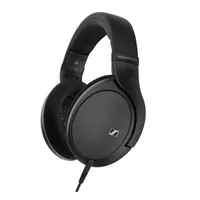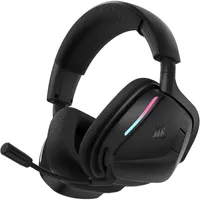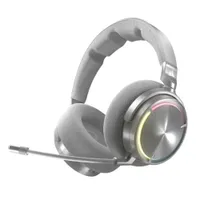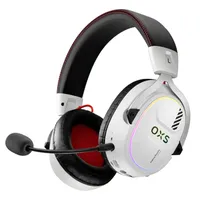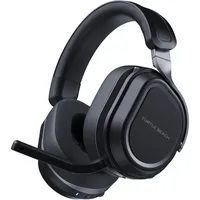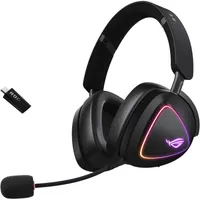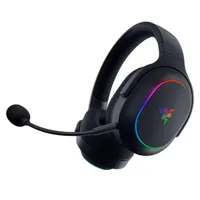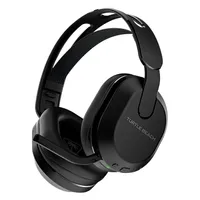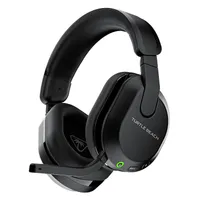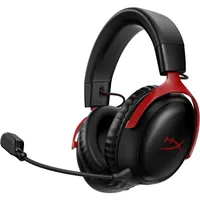The best Steam Deck headset in 2025
Whatever your budget, only the best Steam Deck headset for you will augment your mobile PC play experience - here are our picks
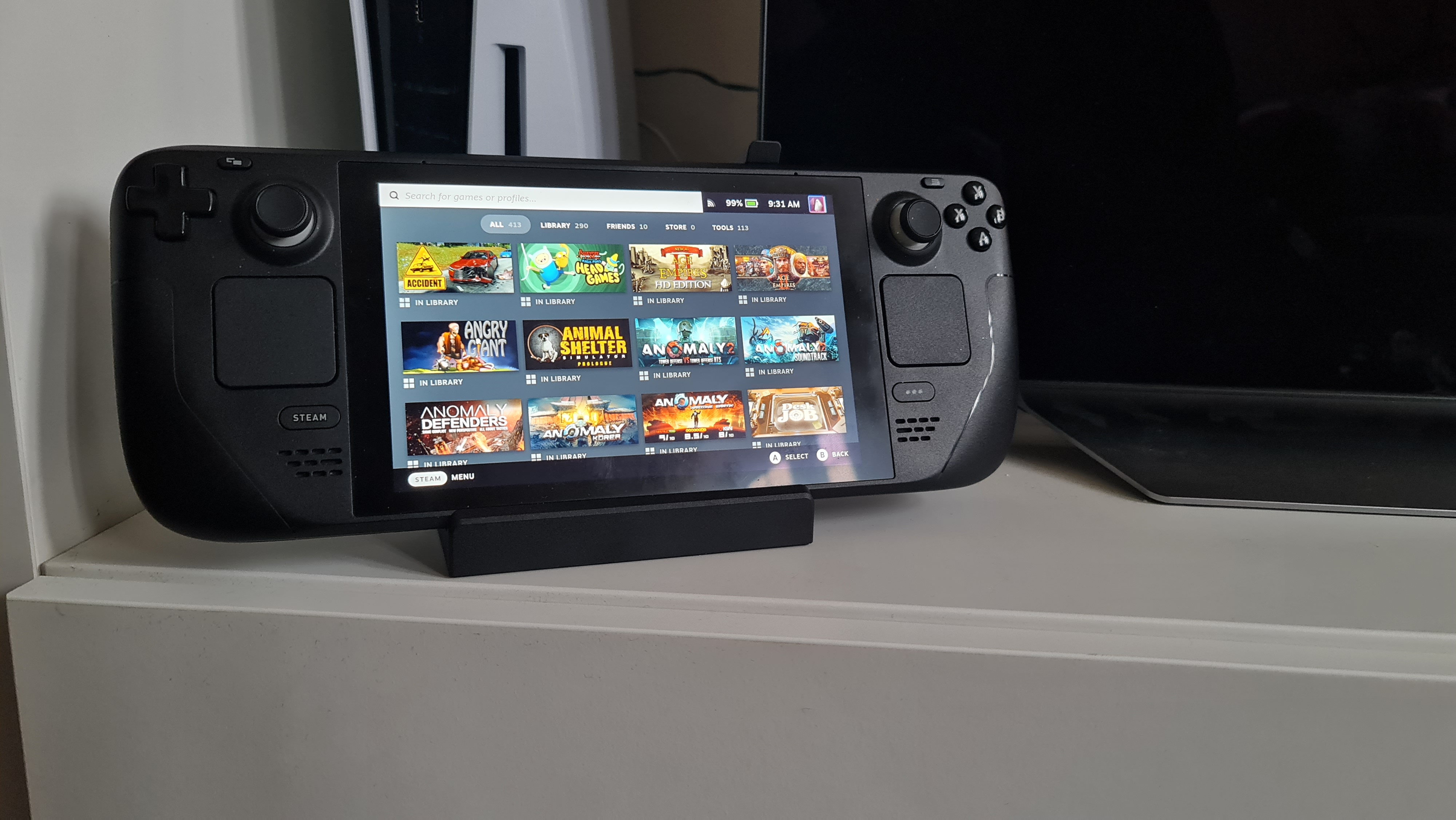
Ensuring you have one of the best gaming headsets alongside your Steam Deck, whether you're brand new to the Deck world or have had Valve's portable pixel-pusher since day one, should be your highest priority.
Working out which is the best Steam Deck headset isn't quite as simple as browsing the likes of our own best gaming headset guide and picking the first PC-compatible one. In fact, even the best PC headset for gaming lists might not get you quite what you want. That's because the Steam Deck offers something different in terms of an in-situ/portable balance, and you may well want a headset that fits nicely into that niche too.
There's a myriad of compatible pairs of cups out there, but the Razer Barracuda X is the best Steam Deck headset we've tested so far. It's not one of the brand's latest models, but it still packs in Bluetooth and 2.4GHz wireless support, a high-quality sound, and an up to 50-hour battery life, which is more than enough for your portable Deck needs. If you would prefer a more premium headset, there's definitely room to splash the cash to ensure you get the best experience, but there are plenty more budget headsets for Steam Deck on the shelves as well.
We test as many headsets as we can, so we're ready to recommend some great cups we already know intimately to be your Stem Deck's audio companion. We've covered a lot of budget areas, needs, and preferences in this list, so we're confident you'll find the best Steam Deck headset for you here.
The quick list
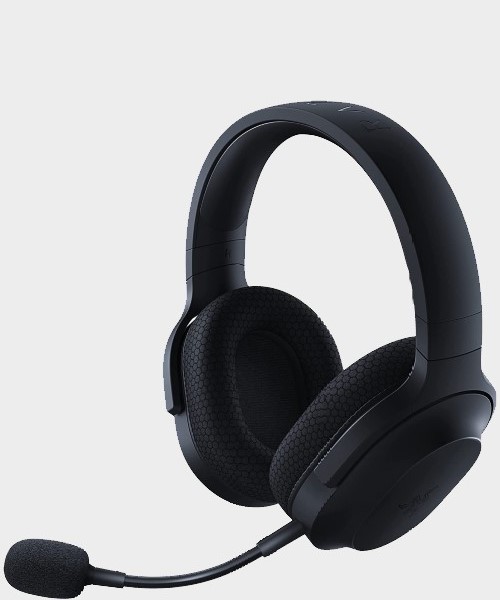
The Razer Barracuda X offers both Bluetooth and 2.5GHz USB-C connections while also coming in under $100. That's a rarity, especially considering the audio quality in these cups.
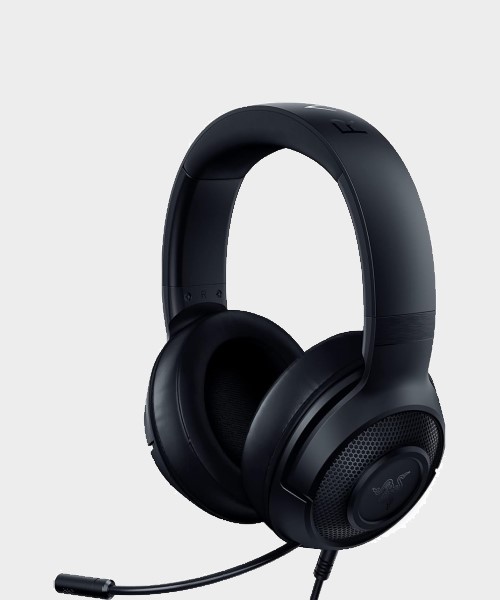
The Razer Kraken X is an excellent cheap headset, with a super easy plug and play system and a lighter, comfortable form factor.
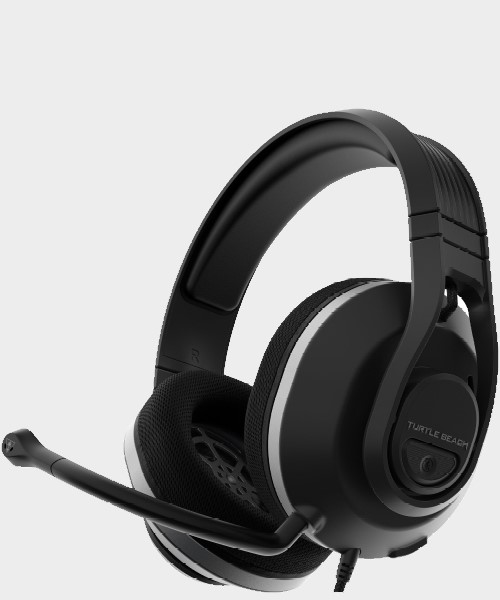
The Turtle Beach Recon 500 is a cheaper plug and play wired device perfect for anyone who doesn't want to worry about charging while out and about.
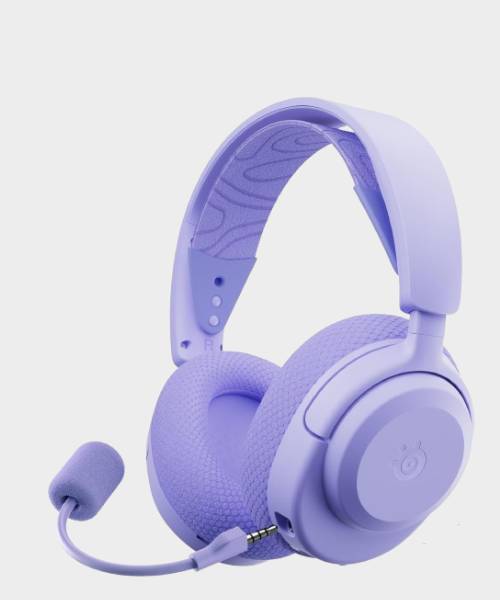
The SteelSeries Arctis Nova 3 Wireless is a budget-friendly, cozy-gamer Steam Deck headset dream thanks to its cute color combinations, Bluetooth and 2.4GHz support, impressive sound, and detachable mic, all for just over the $100 price mark.

The EPOS GTW 270s may be limited by their reliance on a 2.5GHz dongle, but for Steam Deck users that's an easy pill to swallow considering the excellent sound quality.

For almost as long as I've been a hardware journalist, I've been writing about the Steam Deck. As one of my favorite handhelds out there, I always strive to ensure everyone has the best experience with Valve's portable powerhouse, and that includes where audio is concerned. Having a headset with great audio quality, a high-end mic, customization options, and optimum comfort is ideal in its own right, but when paired with the Deck it can emphasize just what makes the handheld so special. That's why I'm here to help you pick the best headset so you can get the greatest audio experience out of your beloved PC handheld.
August 22 - For this update, I chose to add the SteelSeries Arctis Nova 3 Wireless as the 'best for most' Steam Deck headset. This would be a whole new category for this guide, however, the low-cost $109.99 / £99.99 MSRP and combined wealth of features, from the great sound from its 40mm Neodymium drivers, easy-to-set-up Bluetooth and 2.4GHz wireless (which you can plug straight into the handheld via its USB-C port) and its range of colorways on offer make it a fantastic headset to pair with Valve's handheld. Additionally, for this guide, I also updated the 'Coming Soon' section to include the headsets that are currently on my testing bench.
The best value Steam Deck headset
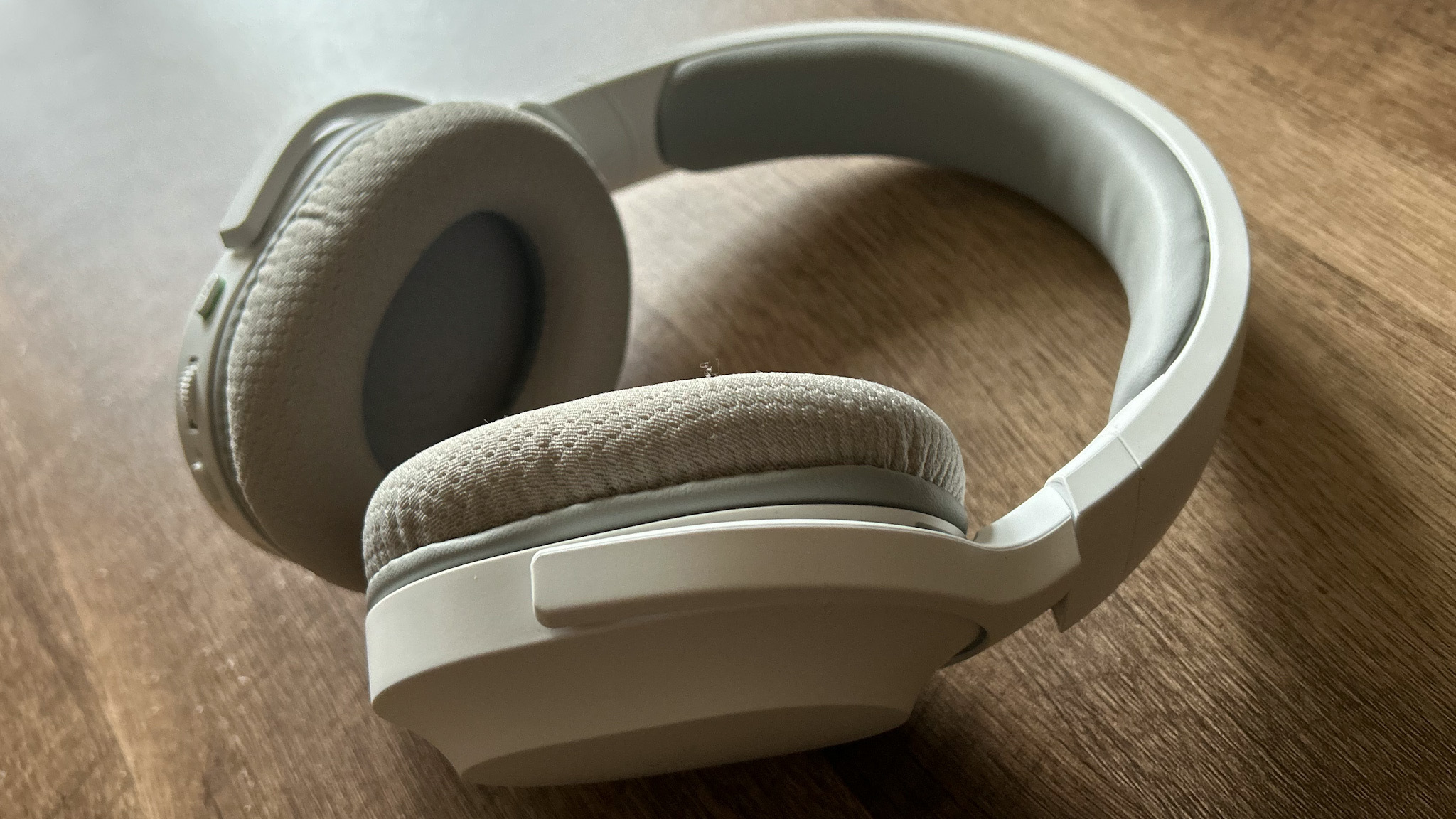
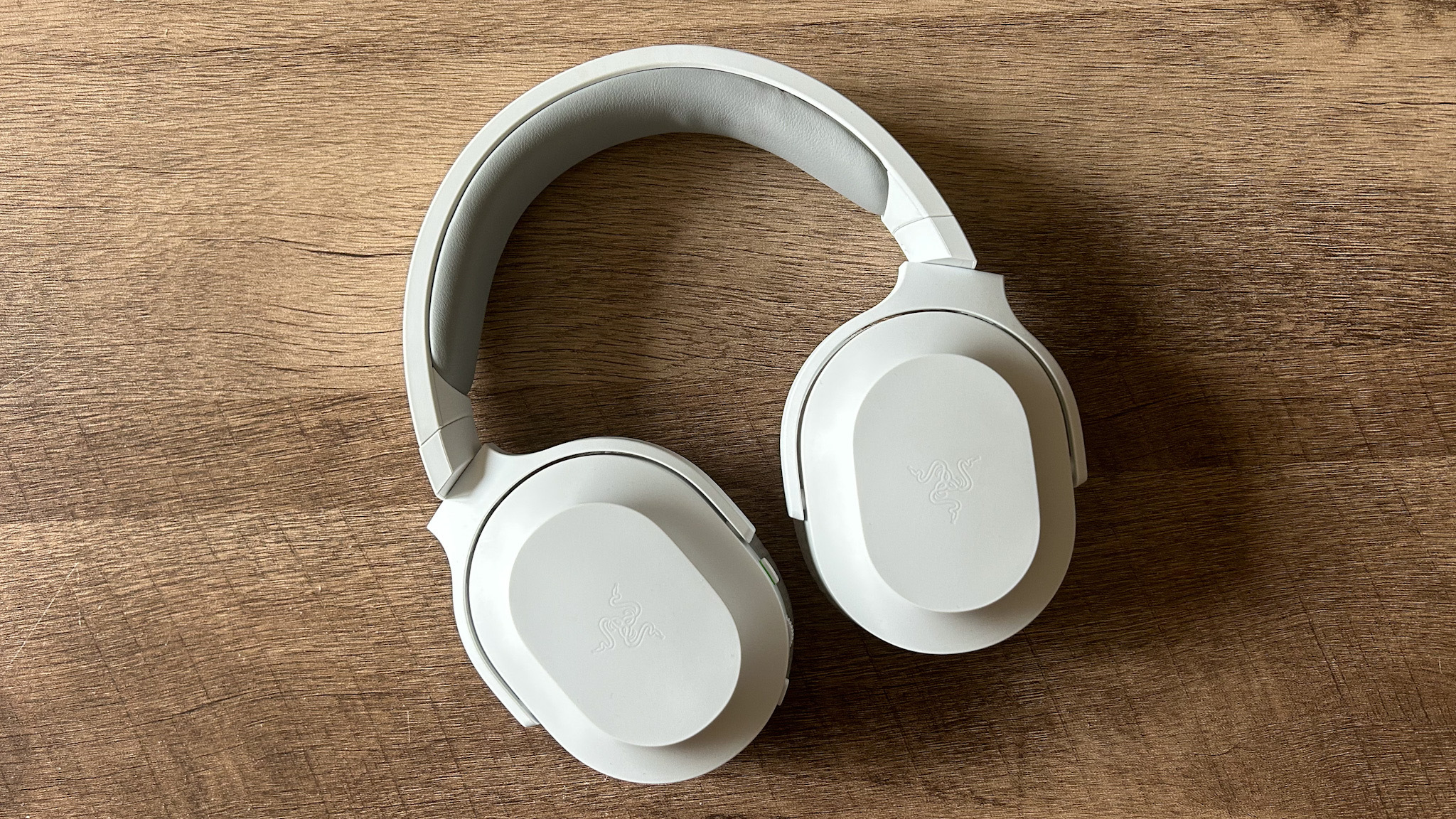
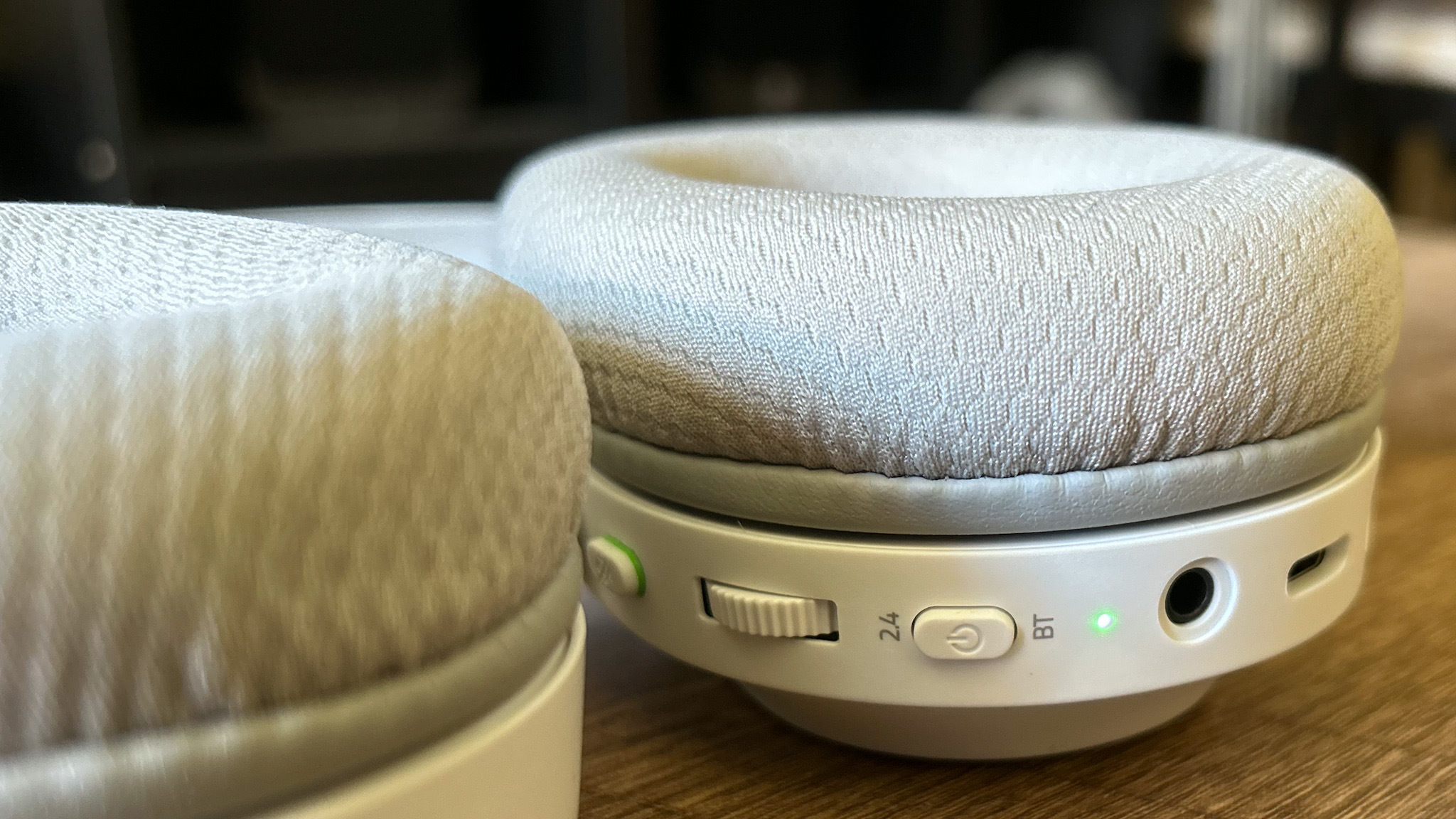
Specifications
Reasons to buy
Reasons to avoid
The Razer Barracuda X is probably the best bang-for-buck wireless Stem Deck headset you're going to find right now. It's wireless, it's great value, and it's got great audio quality - what more could you want? Just throw its USB-C dongle into your handheld or Steam Deck dock and you're good to go.
Coming from Razer's newer line of headsets, and sharing a sleek aesthetic with the likes of the Opus headphone range, we found the Barracuda X to be comfortable, lightweight, and perfect for on-the-go play or while attached to a desk and a rig. That design is also subtle enough and non-flashy enough to look at home when you are commuting or travelling with your Steam Deck too. Weighing in at only 250g, the Barracuda X are some of the lightest on the market now. Combine that with the comfort offered by its added headband and plump cushioning on each cup.
In our testing, the sound quality proved to be excellent, too. Even though an 'X' moniker often indicates a budget or entry-level set from Razer, the 40mm TriForce drivers are some of our favourite of this 'generation' and provide a rich soundscape no matter what game you're playing. And they even offer solid performance for music and movies too.
If your ceiling is that magical $100 mark and you're looking for something that's wireless, has excellent audio quality, and is seriously comfortable in long sessions, then the Barracuda X is it - and that's why it's our top choice for best Steam Deck headset.
Read more: Razer Barracuda X review
The best budget Steam Deck headset

2. Razer Kraken X
Our expert review:
Specifications
Reasons to buy
Reasons to avoid
The Razer Kraken X is another solid option if you're looking for simplicity and a no-frills Steam Deck headset. In our view, the main selling point here is that Razer Kraken DNA running through each cup. Yes, it might be a lightweight and simple, having cut some fat here and there, and slimmed the whole beast down, but when we put it on and started using it, we really felt and heard that Kraken pedigree. And clearly. It's not bothering those at the top of any Razer headset lists, but in our view it still offers good performance across the board from clear and sharp high-ends to rumble, growly lows.
Where some budget-end headsets might compromise is in build quality and comfort too - often trimming back areas of padding for example. However, we noticed that the Razer Kraken X does do this but remains pleasant to wear even after hours of play. The padding is far more effective than its appearance would suggest, and the lightweight nature of this design helps execute this, even in our longest session.
The Kraken X's compatibility with almost everything is another plus in our eyes; just plug it in and go - it can be used with almost everything, and teaming it with a PC or a Steam Deck is where you'll get the most out of it. This is where it can offer you that sweet, sweet 7.1 surround sound.
Read more: Razer Kraken X review
The best wired Steam Deck headset

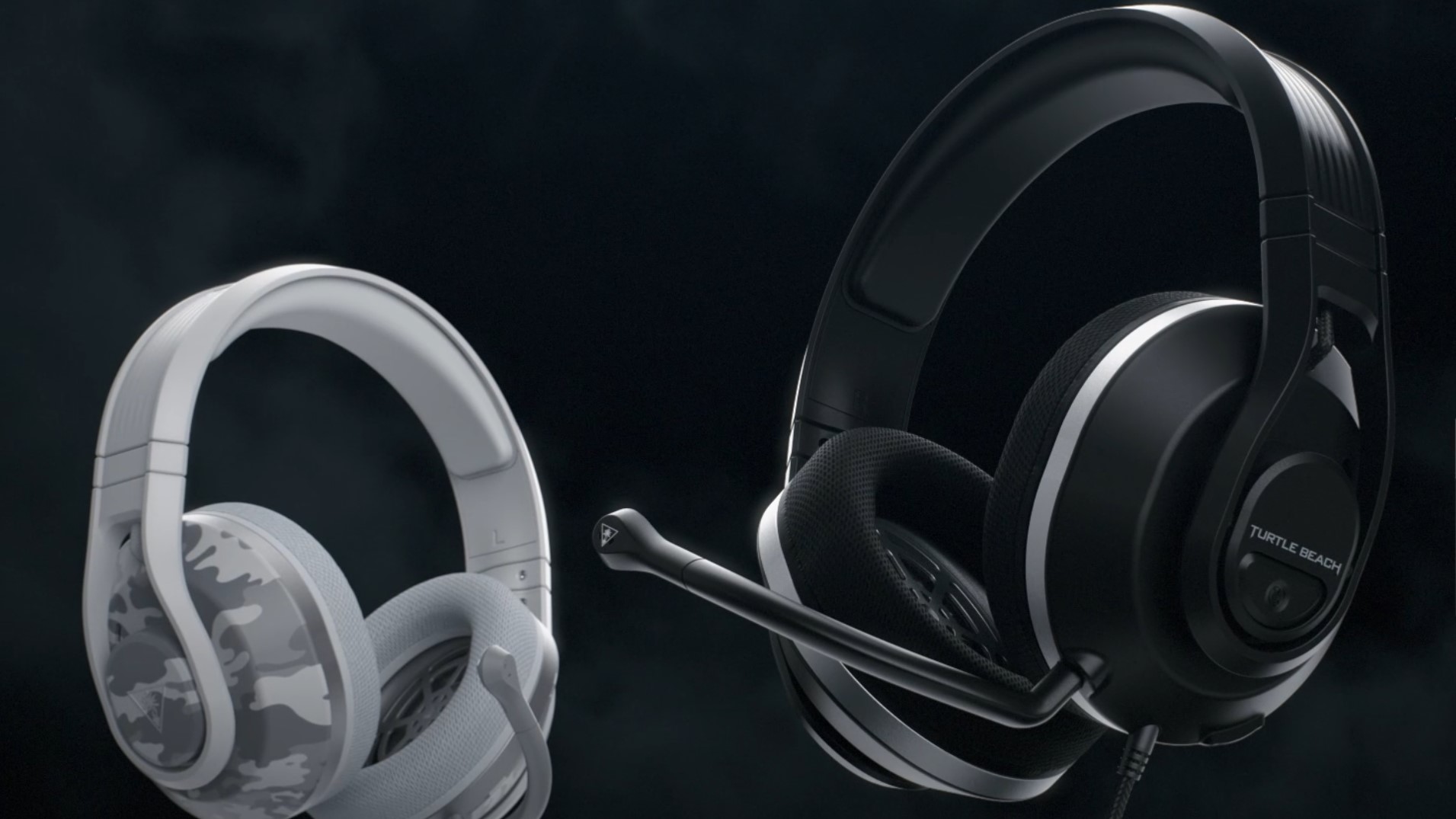

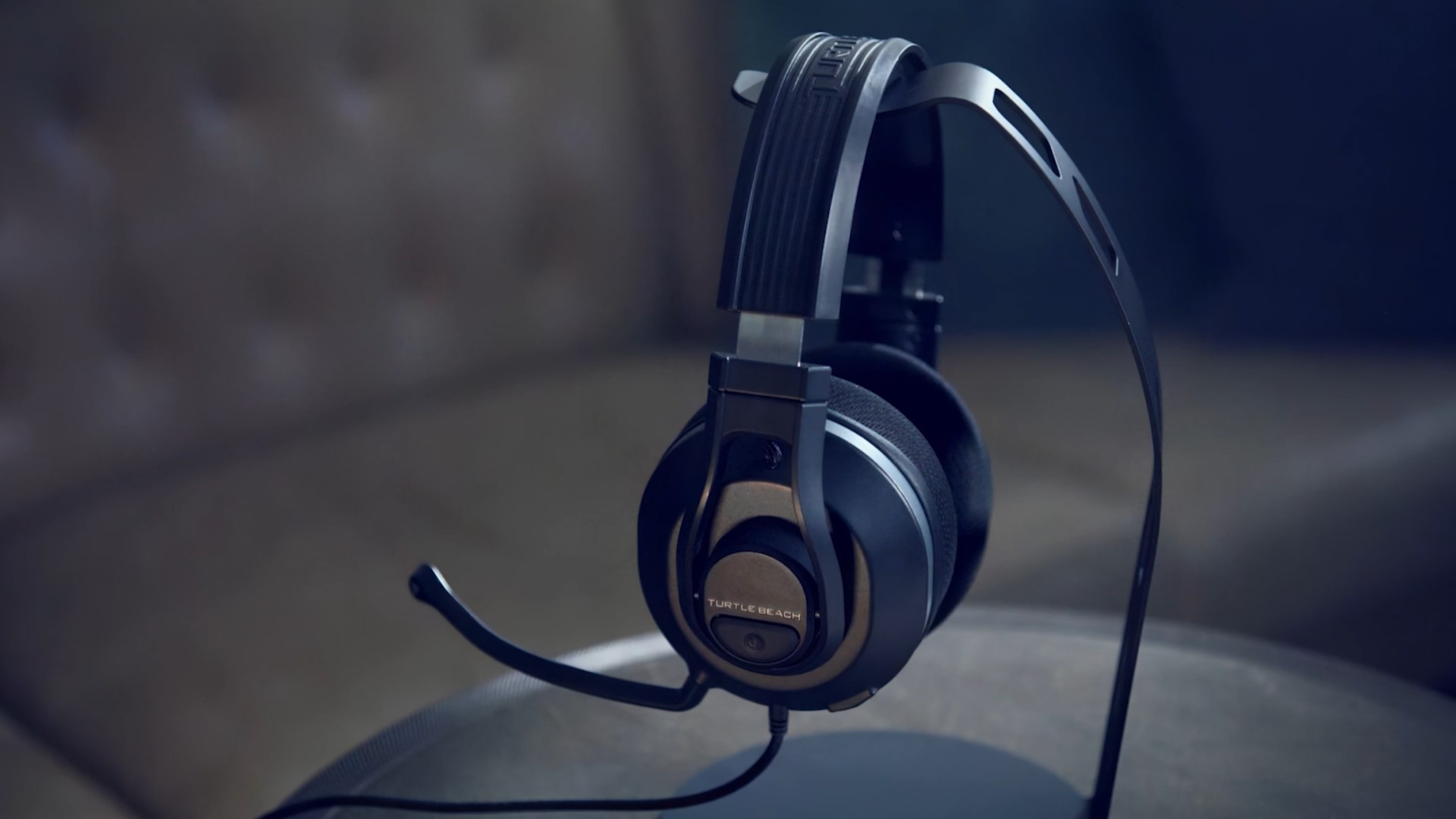
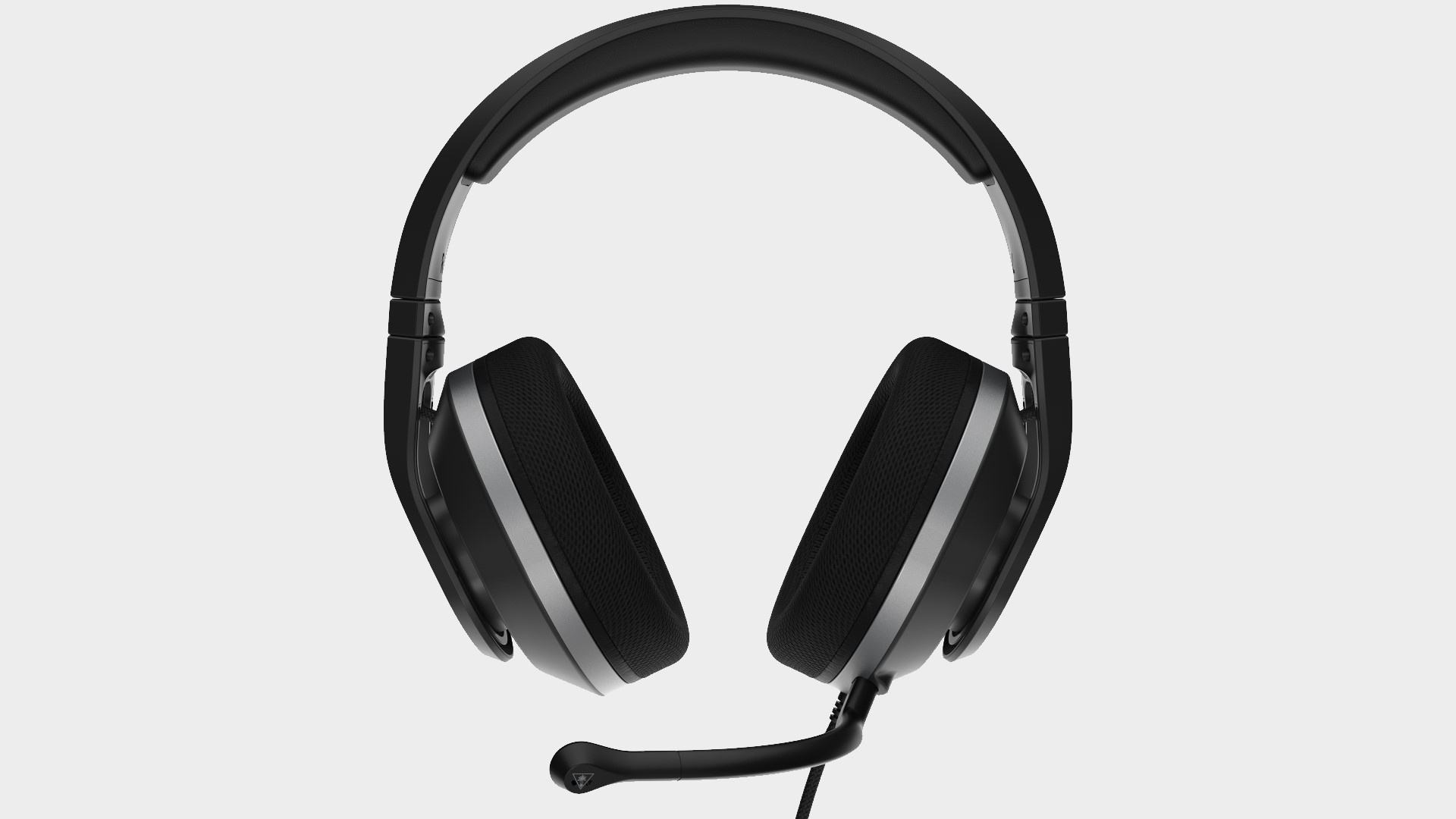
Specifications
Reasons to buy
Reasons to avoid
Our top pick for a wired Steam Deck headset won't break the bank either, you'll be glad to hear. And it comes in the form of the Turtle Beach Recon 500 - one of our very favourite headsets to come out of 2021 and across any platform.
While the Recon 500 foregoes luxurious construction materials and a vast array of features - partly in order to keep that price tag reasonable - it makes up for it, crucially, sound that is so good it will take you aback. From our testing, the Recon 500 will offer a Stem Deck headset experience that is downright brilliant in audio quality, and not too hard on the wallet.
That awesome sound comes from an unusual-sounding place - a combination of 60mm drivers, wood composite injection technology, and dedicated woofers and tweeters per earcup. We found that this results in crisp and precise sound that comes together in a powerful surge of ultra-responsive bass, detailed high end, and a pleasingly flat EQ curve with just a bit of audible kick further down the spectrum.
The mic is a simple, get-the-job-done kind of affair, but it is detachable and there's a handy mute button of course. Only an extra volume wheel is present otherwise to complete the onboard controls. It's a powerful simplicity though, and if you're looking for a Steam Deck Headset that is straight to the point and lets its audio do the talking then this is the one.
Read more: Turtle Beach Recon 500 review
The best for most
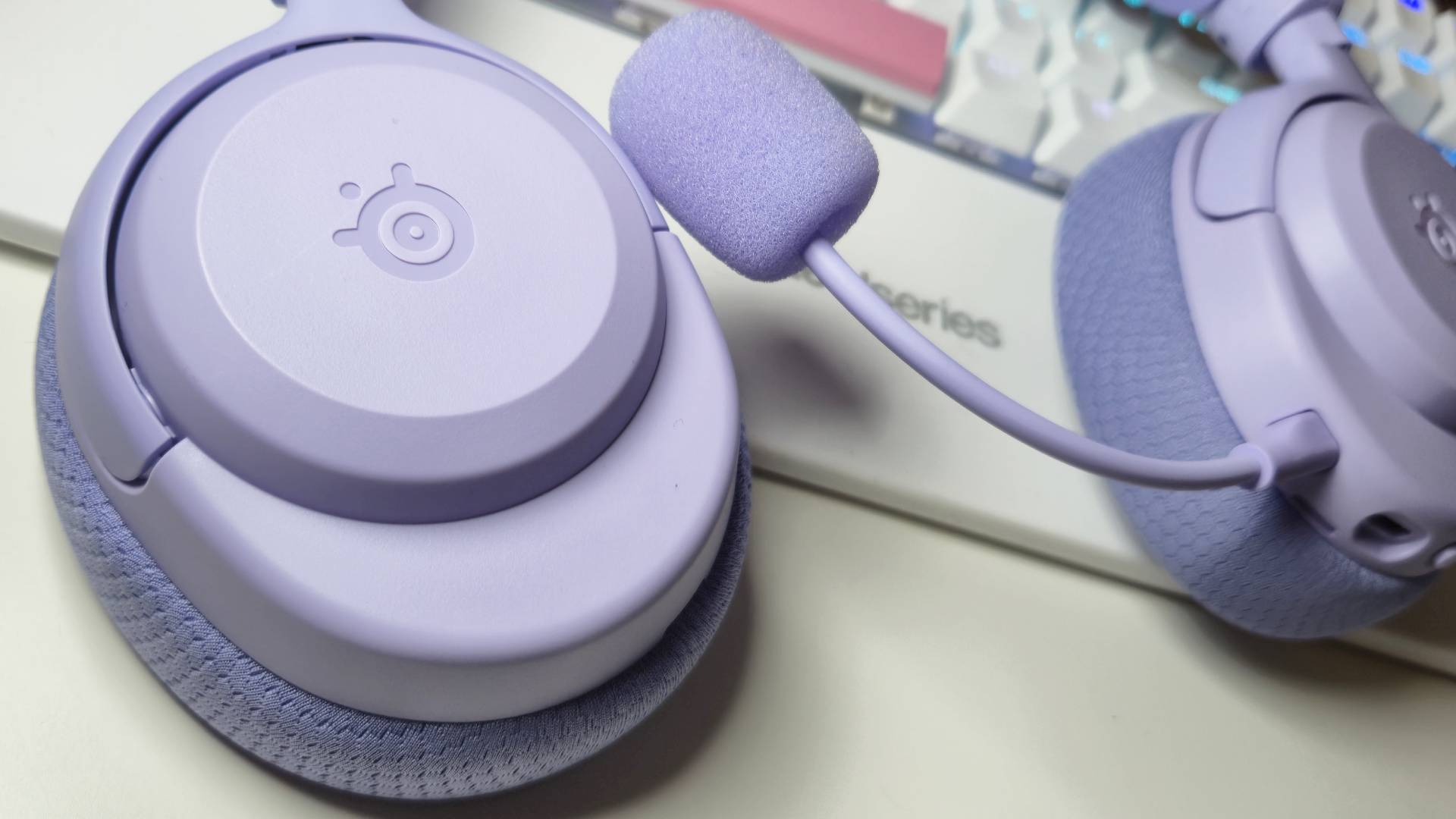
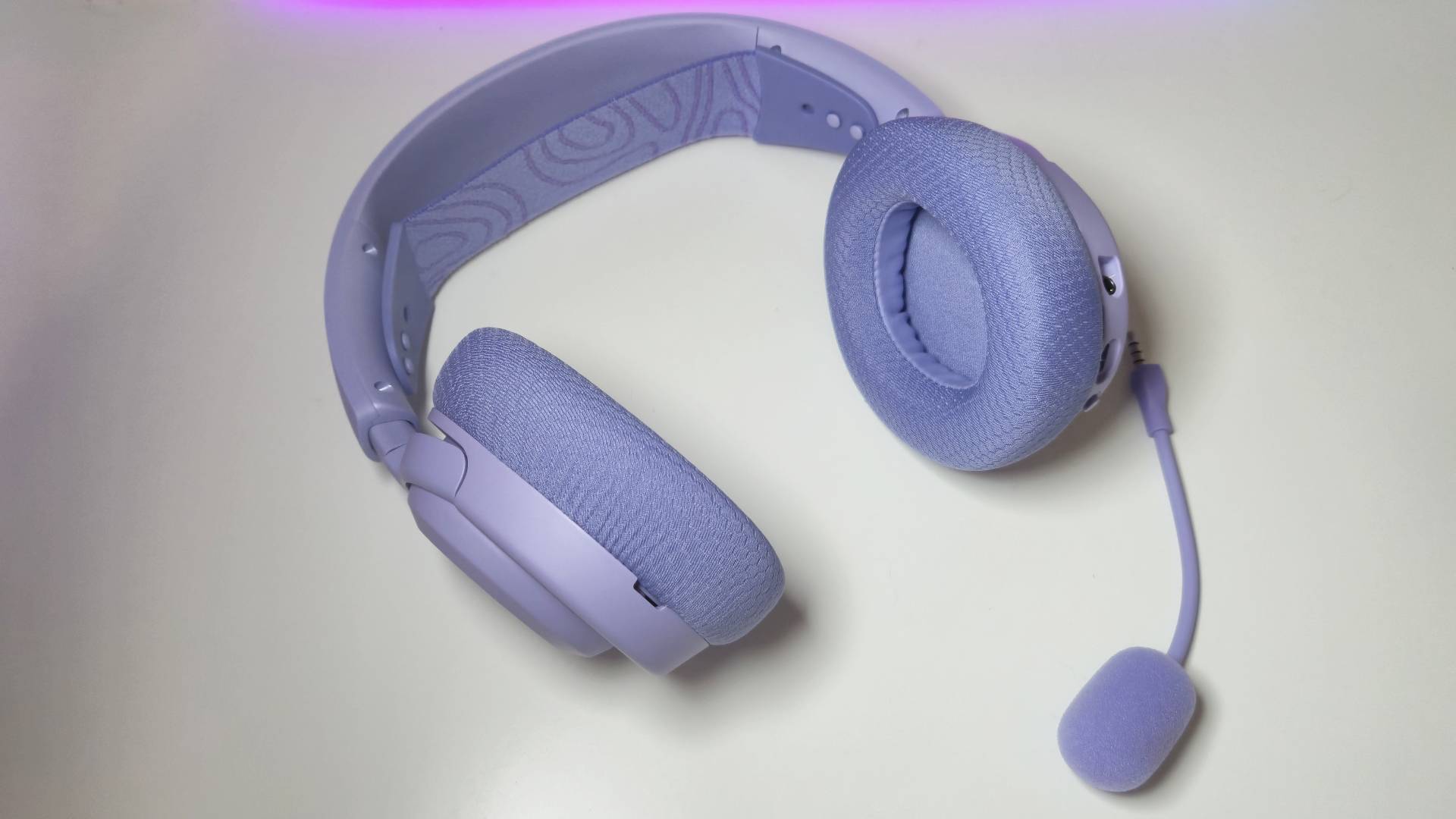
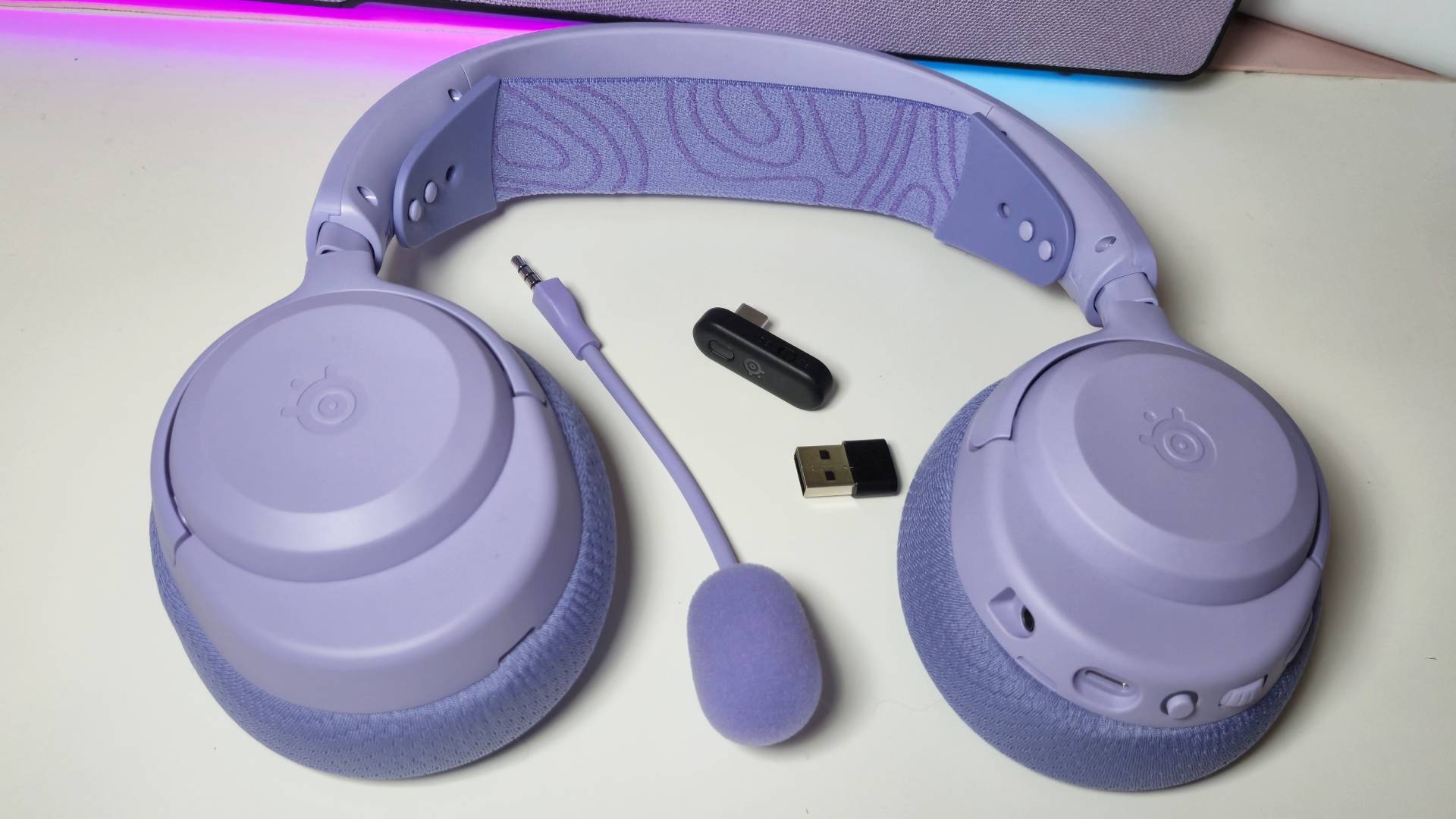
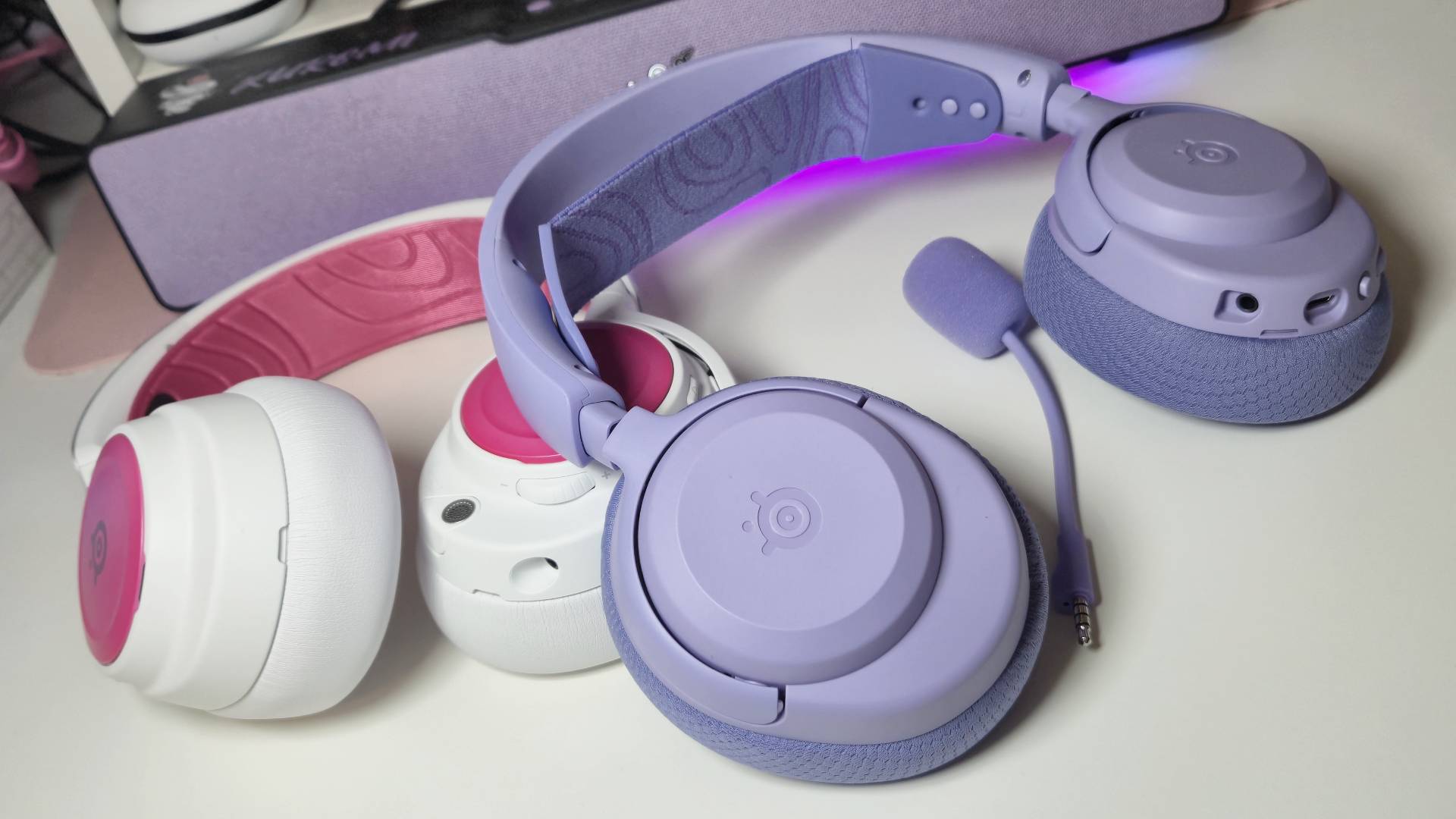
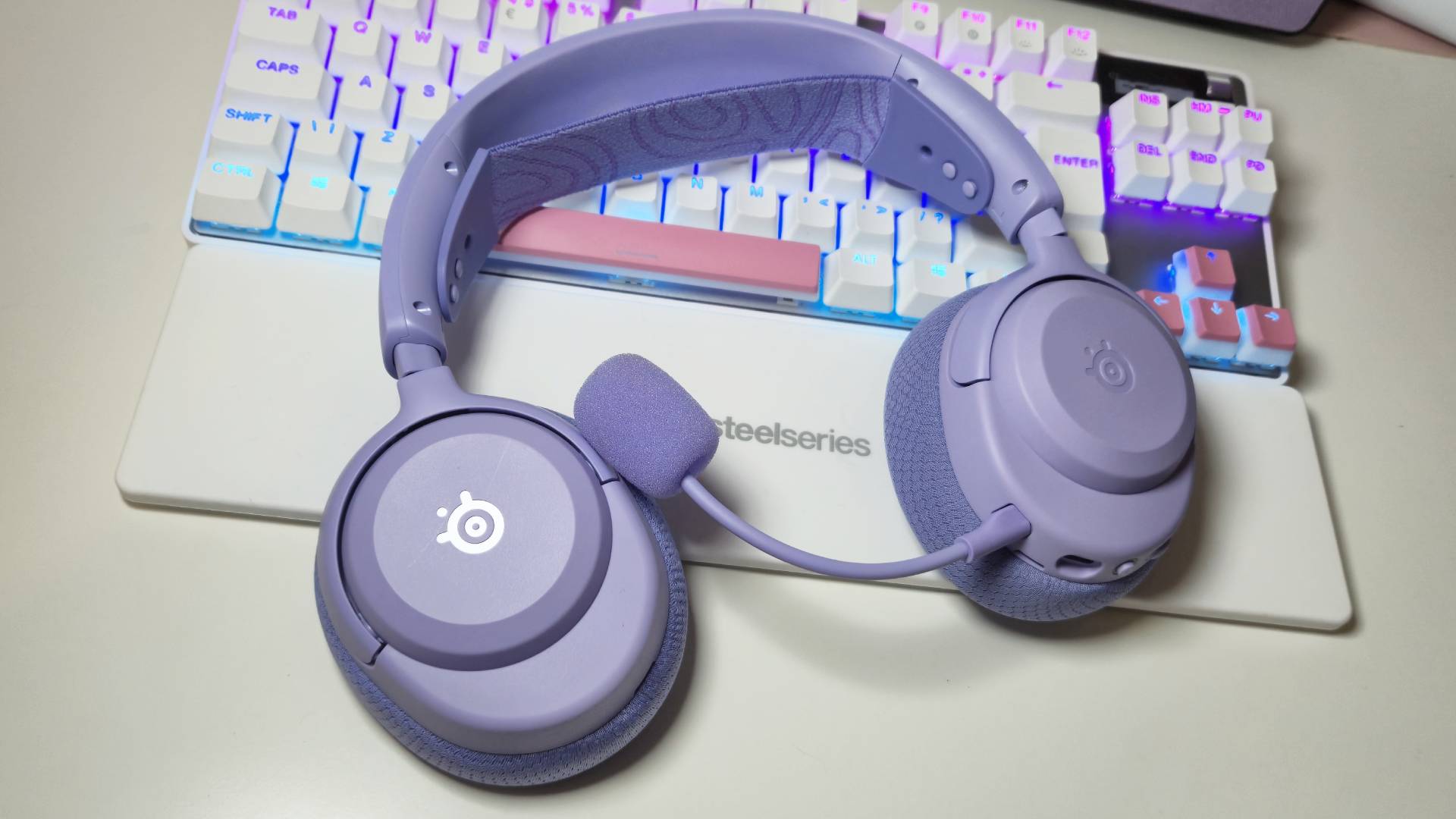
Specifications
Reasons to buy
Reasons to avoid
The SteelSeries Arctis Nova 3 Wireless is the brand's latest pair of budget cups and the best out there for the value of features and quality on offer when it comes to playing the Steam Deck on the go.
At just $109.99 / $99.99, the headset is slightly more affordable than its Arctis Nova 5 Wireless brethren, and its new slimline 2.4GHz wireless dongle means you can pop it right into the Steam Deck without having to have a dock nearby. It also manages to pile on more quality of life features, from cuter Lavender and Aqua colorways to suit more gaming setups, a detachable ClearCast Gen 2.X microphone, and fast charging too.
In design, it's very similar to the Arctis Nova 5 Wireless, but with some minor changes. For one, all of the onboard controls have had a little mix-up. The mic mute button and volume/chat mix dial are still on the bottom edge of the left cup, however, now so are all the buttons you need to get this headset up and rolling. Instead of relinquishing the power button to the right cup, it’s now confined under the dial, and when pressing a series of different combinations, it also finds itself as the pairing and quick switch button too.
The headset is decked out with impressive 40mm audio drivers that can conjure up high-quality audio, no matter if I was playing through Fallout 4 on my Valve handheld, or playing through a barrage of indies like Stardew Valley and A Highland Song. It helps too that the pair is incredibly lightweight at just 260g, making it one of the best choices for any Steam Deck travel kit.
Essentially, the Arctis Nova 3 Wireless feels like a re-packaged Arctis Nova 5 Wireless but with a range of more interesting colorways to suit different Steam Deck players and setup types, a detachable microphone, speedier fast-charging, and a slimmer 2.4GHz wireless dongle. If you're after a low-cost headset for your Valve handheld that doesn't skimp out on some of the features and impressive audio quality typically found on mid-range alternatives, the Arctis Nova 3 Wireless is an ideal pickup for the price.
The best Steam Deck earbuds
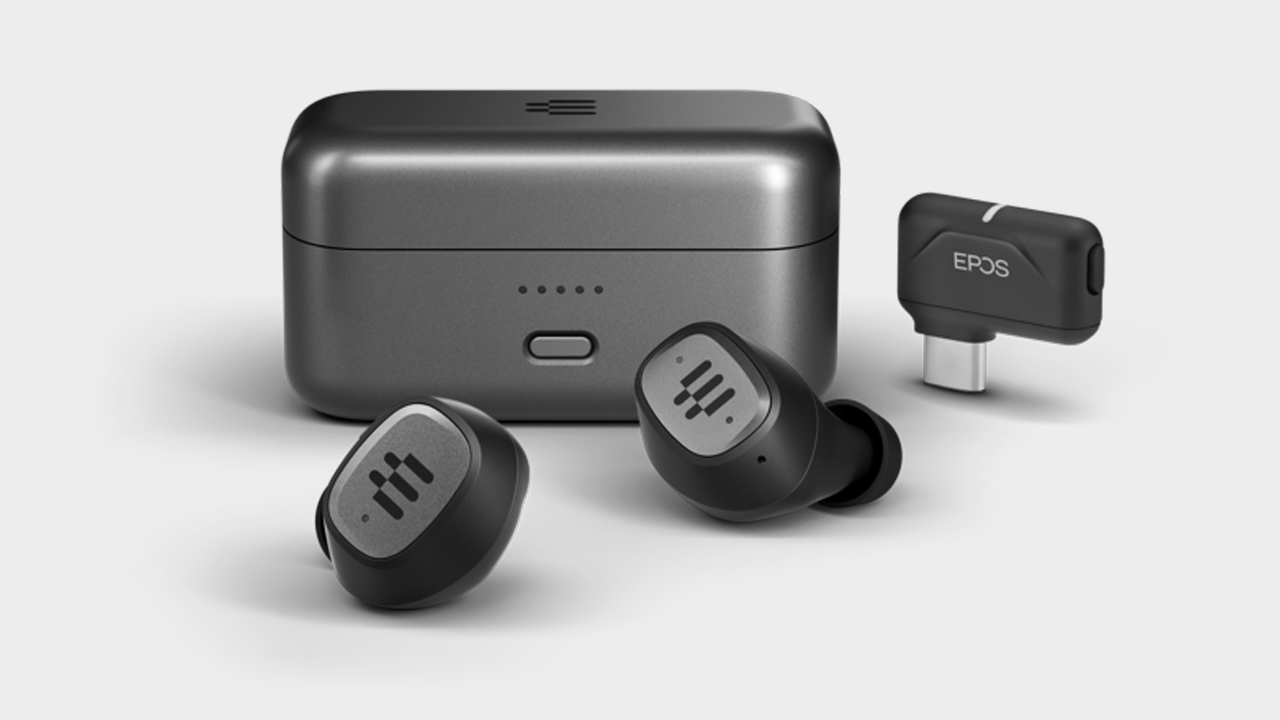
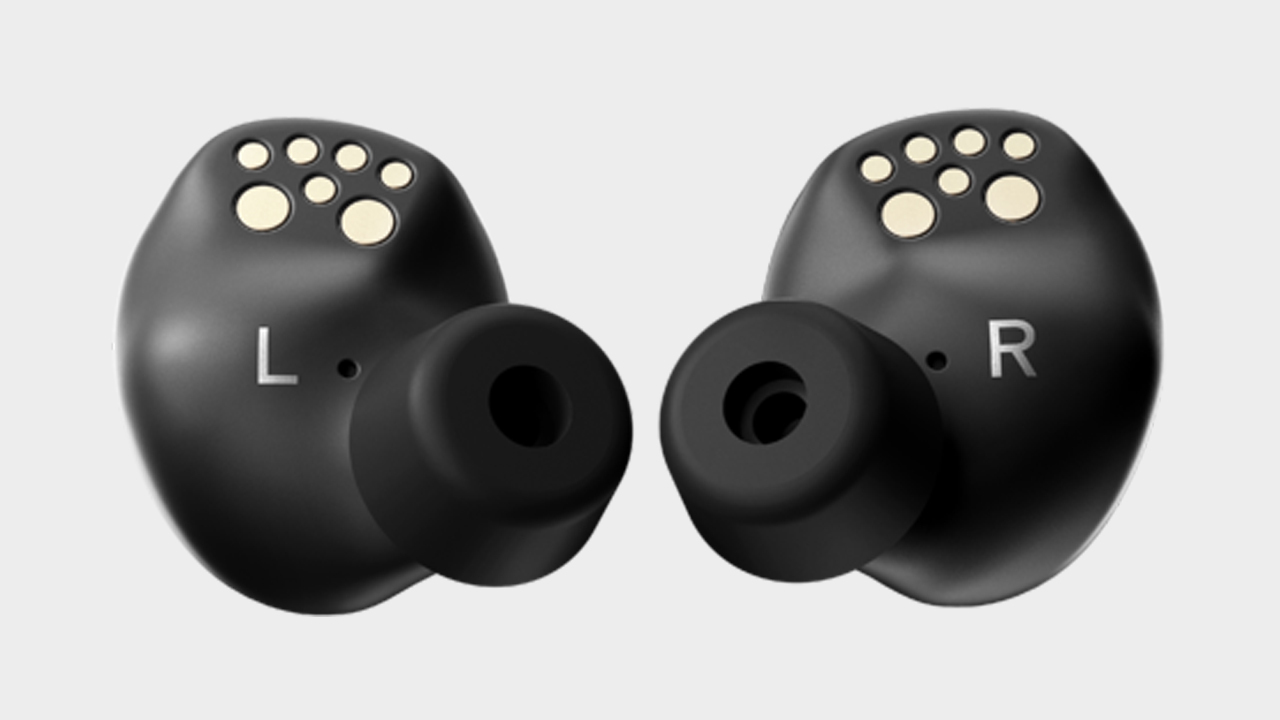
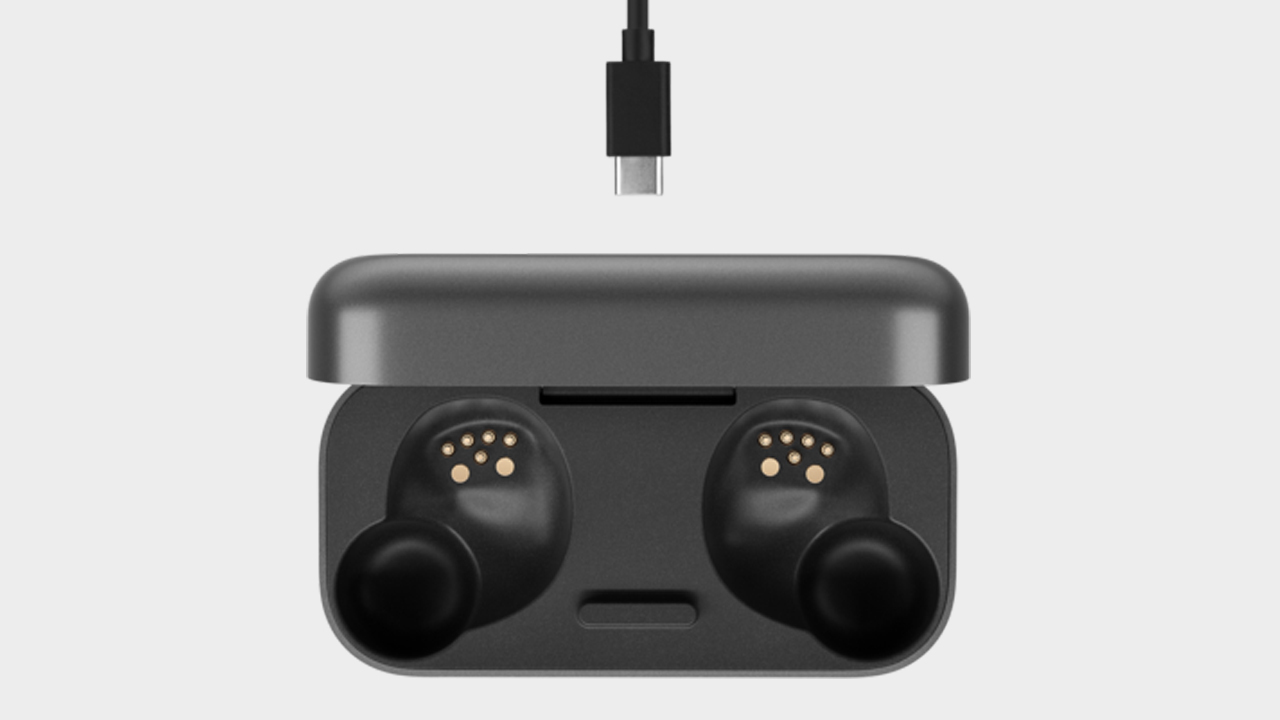
5. EPOS GTW 270 Hybrid earbuds
Our expert review:
Specifications
Reasons to buy
Reasons to avoid
From our testing and use, these are easily the best earbuds for mobile gaming right now, which means that the EPOS GTW 70 Hybrid wireless earbuds are going to be a top Steam Deck headset choice. Especially for those who prioritise high-end audio.
Imbued with the legacy and DNA of Sennheiser, these earbuds boast the sort of audio quality you’d expect and proved this to us during our testing. There was great directional audio (in earbuds!), deep, full bass, and rich mid-tones to boot - all of which shone through in our testing.
The USB-C dongle will plug into your Steam Deck, but the buds also offer Bluetooth connectivity so you can use that connection to sync with devices where appropriate. Throw in a neat charging case for the buds, and we had the battery life reach the top end of the slated 20-hour estimate too - this makes the feature set really does look great for these buds.
It's worth noting that while they do come with an in-built microphone, we confirmed that this only works when you’re connected through Bluetooth, rather than the USB-C dongle. This might mean that anyone looking to play co-op or competitive games on their Switch might have to look elsewhere for better communication routes.
Read more: EPOS GTW 70 Hybrid review
The best Steam Deck headsets coming soon
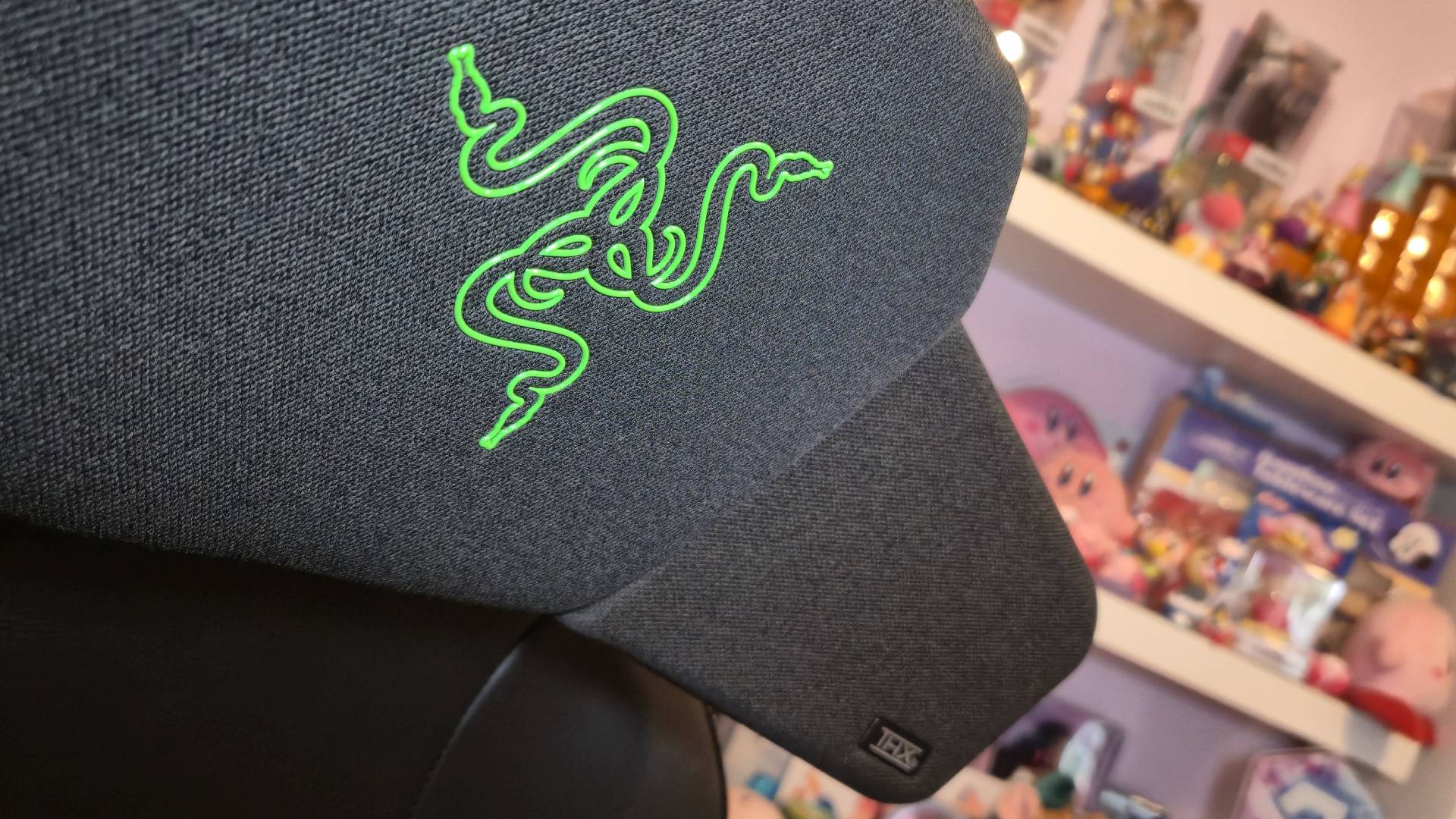
Upcoming Steam Deck headset reviews: Currently, I just tested (and reviewed) the Logitech G522 Lightspeed and the Fractal Design Scape wireless headsets, both of which are compatible with the Valve handheld. Neither has earned a spot on this list quite yet, but I'm also busy testing the Razer Clio, a wireless speaker cushion.
It's not specifically intended for the Steam Deck, but that won't stop me from seeing what the niche headset alternative can offer for the handheld, and whether or not it will replace any of my favorite go-to pairs of cups any time soon.
How we test Steam Deck headsets
We test Steam Deck gaming headsets for a minimum of two weeks. During that time, we live and breathe that headset, incorporating it as a key part of our lives. Every single game we play will be done using the headset, hooking it up via its wired and Bluetooth connections (and 2.4GHz if we're using a compatible Steam Deck dock.) Not to mention, using the handheld's browser (in desktop mode) to watch shows, or listen to music will mean constantly having the headset in tow so we can get to know the intricacies of the device well, while also making sure their features, design, and overall performance are on par with the rest of the market in terms of value.
We initially look at the design of the Steam Deck headset. We all have our own preferences when it comes to looks and what aesthetic a tech may be going for, but taking a look at the design also means taking note of the materials used across chassis, struts, cup cushioning and cover, and charging cables, as well as the actual joinery of everything together. We're listening and feeling for any rattle or creaking during everyday use (and slightly more pressured handling). Then we consider design from a comfort perspective, balancing the weight, padding, adjustment options, and clamp force over long sessions of around eight hours. Typically this will take place during a work day, wearing the headset for music for an extended period of time, but this testing will also often take place during longer gaming sessions as well.
Then, we'll look at a gaming headset's feature list according to value for money and overall quality. That means we're looking at what a headset does and doesn't offer compared to the rest of the competition (wireless connection options, EQ settings, microphone placement, onboard controls, additional software customizations, charging features, and battery life make up the bulk of this). However, our focus on these features allows us to make a wider assessment of the versatility and ease of use of each headset. Most headsets aren't actually designed with the Steam Deck in mind, so we'll also take its features into account to see if anyone who may purely use the Valve handheld will benefit from everything at play, just as someone who may jump between the Steam Deck and other platforms would.
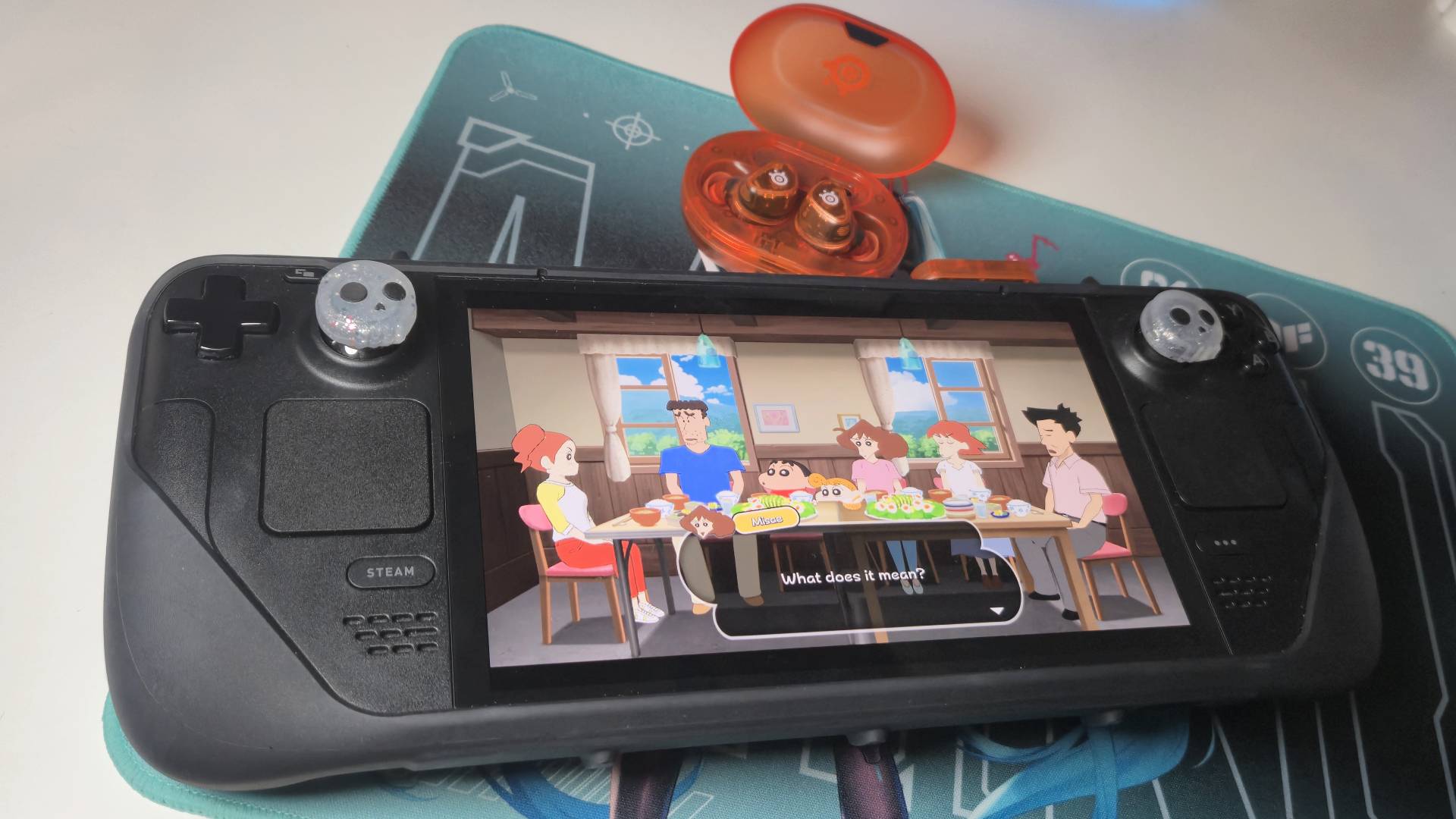
Testing is the biggest undertaking - during our time with each headset, we'll put it through its paces watching TV shows, movies, and listening to music. Of course, the bulk of this testing will evolve around playing games, and we have a set series of titles to ensure we can make a better comparison between devices. As most Steam Deck-compatible headsets can be used with the PS5, PC, Nintendo Switch, and at times, the Xbox Series X/S, the majority of this testing will be initially done on those platforms. Games like Marvel Rivals, CS2, Dead by Daylight, Sea of Thieves, and Super Mario Sunshine or Super Mario Galaxy (Nintendo Switch only) will be used to see how the headset's audio drivers sound, and whether they provide that substantial soundstage (and at times, immersive 3D audio) needed to lend itself to gaming. Additionally, we'll also put the microphone to the test, if there is one, to ensure it provides the clarity and quality needed to be used in an online gaming space.
Once each headset makes it through the full testing process, it is assigned scores based on comfort, audio, battery, microphone, versatility, and build quality for each comparison across previous reviews. We're constantly comparing headsets to their similarly priced competitors - often switching back and forth between the devices during testing.
For more information on how we test gaming headsets, check out the full GamesRadar+ Hardware Policy.
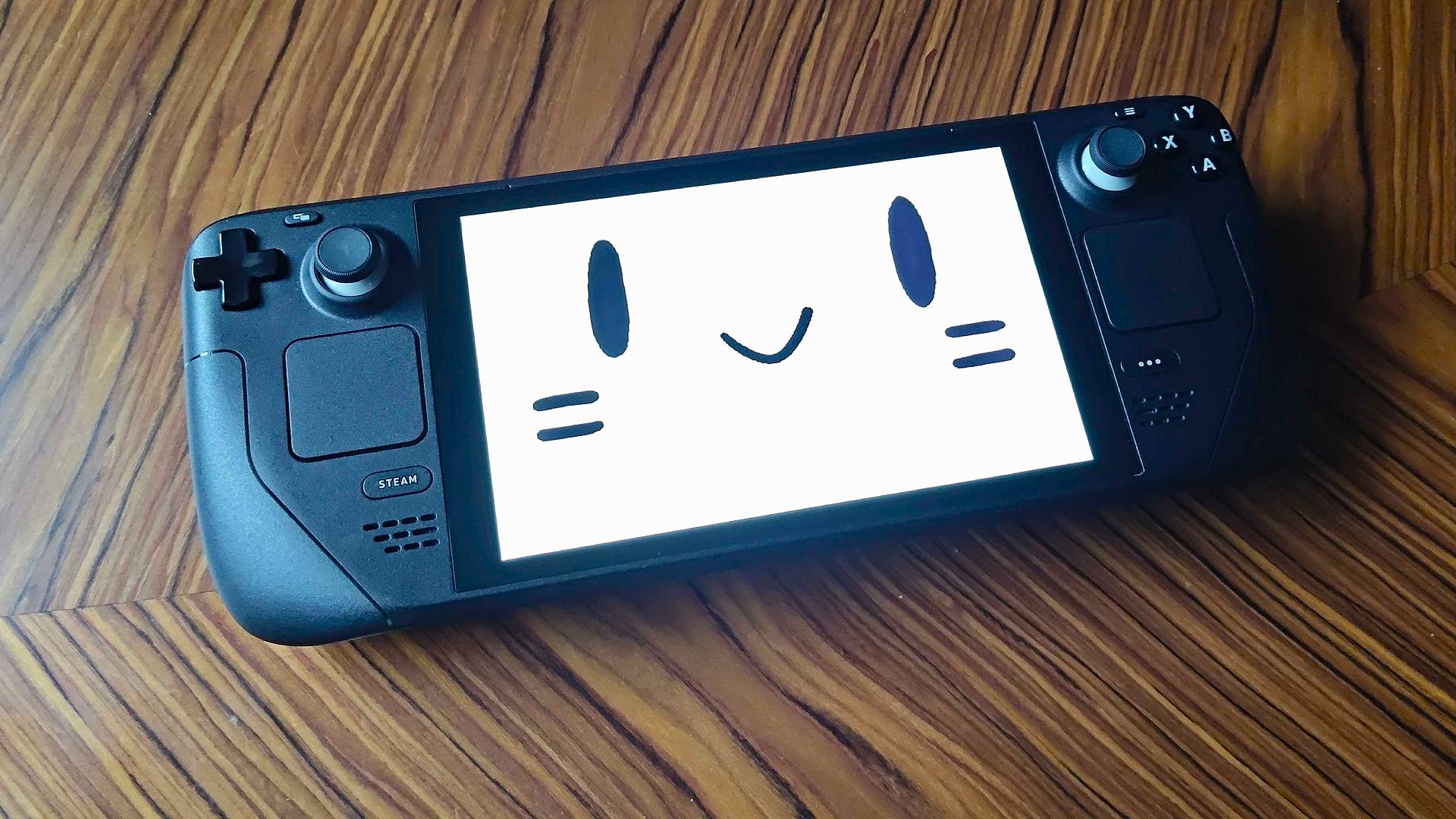
How to choose a Steam Deck headset
Unlike other platforms, handhelds like the Steam Deck come with their own unique use-cases. That means you'll need to consider certain design elements and additional features that you might not otherwise acknowledge in other situations.
The first is portability. If you're using your Steam Deck while out and about it's well worth picking up a gaming headset that can keep up with you. Look for over-ear headphones that lay flat or fold into a smaller carry case, with a low-weight and smaller form factor. Ultimately, the most portable option is going to be a set of earbuds, but if you're splitting your time between home and away play you might want to factor the comfort of an over-ear device in.
Whether you pick up a wireless or wired connection will also come down to where and how you play, as well as your budget. Many headsets offer both Bluetooth and 2.4GHz connections these days (though you'll need to make sure you're choosing a model with a USB-C receiver for handheld play). A wireless connection is better for portability but you'll need to remember to keep it charged - grabbing a model with the option to plug in via a wired connection should you run out of battery is ideal. A wired headset will add to your on-the-go clutter and can't double up with your phone, but is free from battery or connectivity concerns.
Once you've found a few headsets that meet your critera for portability and connection, it's worth filtering out any additional features that you might not use. If, for example, you don't want to fiddle around with EQ settings you can save some cash with a cheaper model that doesn't offer its own software. Or, if you seldom play online with chat, you can deprioritize your microphone quality in favor of other features instead.
Also tested
We're constantly testing Steam Deck-compatible gaming headsets to make sure that the list above is up to date with the latest and greatest devices on the market. That means many of the cups we review don't make the final top list. You'll find the gaming headsets we've recently had on the bench just below.
Sennheiser HD 550 gaming headphones | Available from Sennheiser
The Sennheiser HD 550 gaming headphones are not a headset, and so while they're compatible with the Steam Deck via its 3.5mm port, they can't earn a spot on this list. Their $349.99 / £249.99 price range is similar to that of high-end headsets like the SteelSeries Arctis Nova Pro Wireless, but they lack any of the same features and just have a wired connection, come with a jack adaptor, and are open-back to produce a more natural sound.
Corsair Void Wireless V2 | Available at Amazon
The Corsair Void Wireless V2 is the latest budget pair of cups from Corsair, yet while it's low on price, the headset isn't low on quality and would make an ideal headset for the Steam Deck. At $119.99 / £99.99 the Void V2 is decked out with custom 50mm Neodymium drivers, which I wouldn't expect for the around $100 price tag, not to mention a great-sounding microphone, and two strips of customizable RGB lighting. As a wireless headset with both Bluetooth and 2.4GHz options, it's fully compatible with the Steam Deck however, the position of its RGB light strips can catch the glare of the handheld's screen.
Corsair Void Wireless V2 review
Corsair Virtuoso Max Wireless | Available at Amazon
The Corsair Virtuoso Max Wireless headset is a premium set of cups, in both features and cost. At $330/ £279.99, it packs in ANC, Dolby Atmos audio, customizable lighting, a high-quality mic, an included hardbound case, and powerful 50mm Custom Graphene audio drivers into one high-end pair of cups. However, its heavy weight and reliance on software for full customization doesn't quite make it a perfect match with the Steam Deck - though it is still an impressive bit of gaming tech.
Corsair Virtuoso Max Wireless headset review
OXS Storm G2 wireless headset | Available at Amazon
The OXS Storm G2 wireless gaming headset is one of the best-looking headsets out there, thanks in part to its white model's off-white colorway, subdued RGB lighting, and unique printed markings. When it comes to the Steam Deck, you can hook this sub $100 headset up via a wired, Bluetooth, or 2.4GHz (if you have a dock) but its audio quality isn't ideal. Combined with its limited multi-platform options, and cheap-feeling build, the Razer Barracuda X (and the Razer Barracuda X Chroma) are still ideal alternatives for a similar price tag.
OXS Storm G2 wireless headset review
Turtle Beach Stealth 700 Gen 3 | Available at AmazonThe Stealth 700 Gen 3 is the latest addition to the Stealth headset line, introducing high-end 60mm dual eclipse audio drivers, and because of its Bluetooth compatibility, it works well with the Steam Deck. Even for $199.99 / £179.99, this headset has an impressive list of features which includes up to 80 hours of battery life and some of the best-sounding audio found in a headset. However, it's more expensive than its mid-range rivals and isn't comfortable after long periods of wear - making it not ideal to pair with the portability of Valve's handheld.
Asus ROG Delta II | Available at Amazon
The Asus ROG Delta II headset introduces a lot of modern enhancements to the Delta headline line, most notably the mid-range set of cups can simultaneously connect to consoles via Bluetooth and 2.4Ghz. At $229 / £219, while an impressive piece of tech, it feels over-the-top for the on the go gaming of the Steam Deck.
Razer Barracuda X Chroma | Available at Amazon
The Razer Barracuda X Chroma (2024) introduces RGB lighting to the Barracuda lineup for the first time and still manages to uphold the sound and build quality that the previous headsets established. The multi-platform excellence providing an easy switch between Bluetooth and 2.4GHz wireless connections is still on full display, but this flashy add-on comes at a cost of $129.99/£129.99 making the Barracuda X a better budget-friendly pick for the Steam Deck.
Turtle Beach Stealth 500 | Available at Amazon
The Turtle Beach Stealth 500 is a solid proposition in its own right, offering both Bluetooth and 2.4GHz wireless connections with a comfortable ski-style headband design for just $79.99 / £79.99. At that price, it takes it into a similar realm to the Razer Barracuda X, but doesn't quite match its audio quality for the Deck.
Turtle Beach Stealth 600 Gen 3 Wireless | Available at Amazon
Turtle Beach's latest Stealth headset is a fantastic buy at under $100 / £100, but it's a jack of all trades without mastering anything in particular. It's a solid all-rounder without the edge to see it nail a spot among the greats.
HyperX Cloud 3 Wireless | Available at Amazon
The HyperX Cloud 3 Wireless certainly packs an impressive battery - second only to the Cloud Alpha featured above. However, its limited connectivity options mean it's not a good mix for the Steam Deck.
FAQ
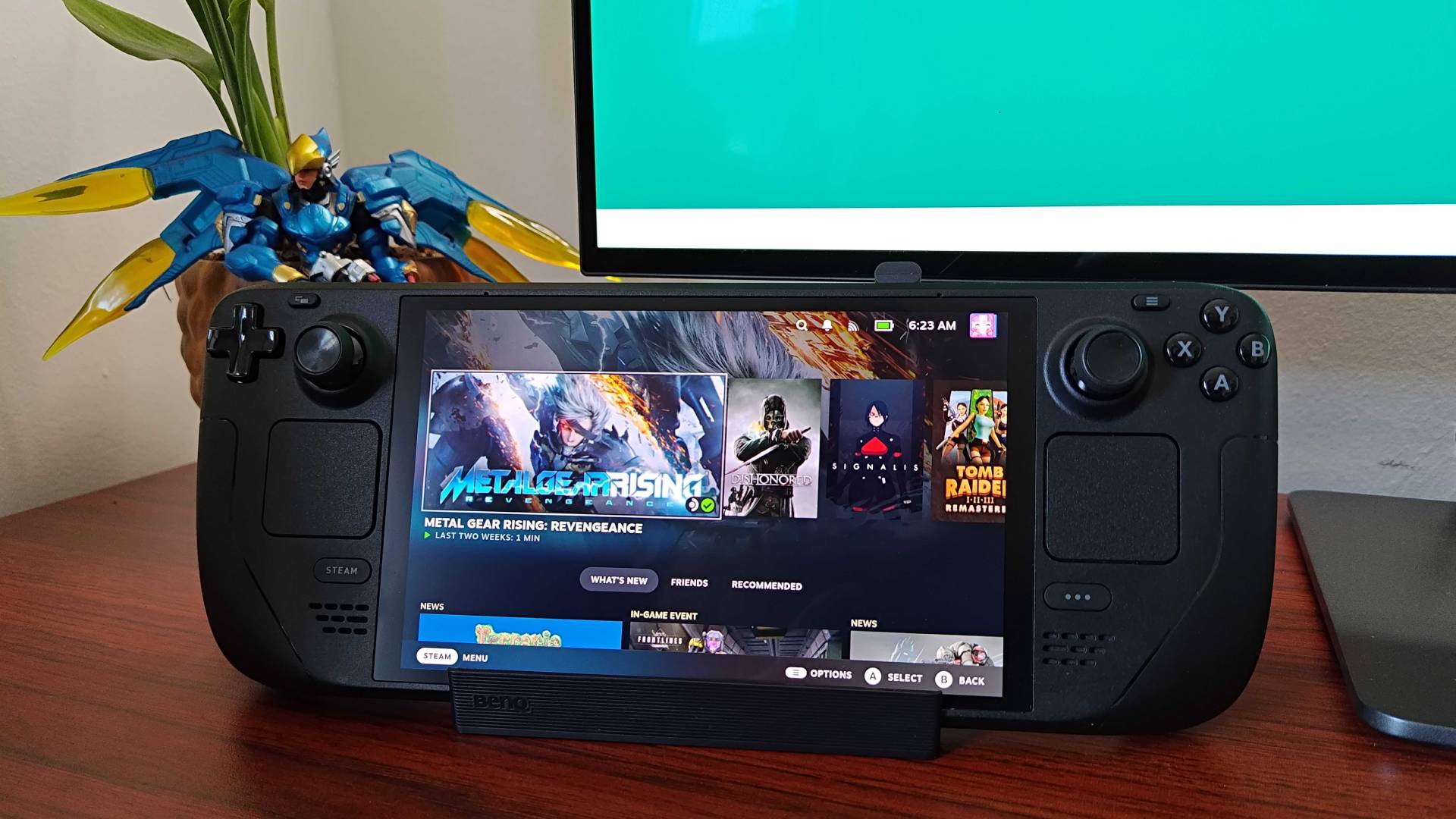
Does Steam Deck have a 3.5mm audio jack?
Yes! Praise be, the handheld PC console does have a good old 3.5mm audio jack so if you've got a wired headset already you are good to go.
In fact, the Steam Deck should have you well covered for ports as its USB-C connection can also be used for headsets and audio.
Should you buy earbuds for Steam Deck?
Well, we'd recommend a Steam Deck headset of any kind - not just earbuds. And that's because as good as the Deck's own audio and speakers will be for a handheld PC console, headsets' audio will surpass that. Modern headsets and earbuds are just so good now that we recommend you definitely get something rather than nothing.
Earbuds in particular will offer a neat and tidy approach to Steam Deck audio, and also make it super convenient when out and about. Often small enough to throw in a pocket, earbuds will be at home in a large Steam Deck case or backpack and can make for an inexpensive audio solution too. And now you can get wireless ones as well, there are lots of possibilities in gaming earbuds.
Can you use Bluetooth headphones with Steam Deck?
Oh yes! Yes you can. There's no blocked off Bluetooth corridor here, the connection is wide open for accessories, controllers, and audio. This means that you should be able to just pair up any pair of Bluetooth headphones you have and you're ready to go.
Naturally, if you do want to go the wireless route, we'd recommend going for one of the best wireless Steam Deck headsets that will not only ensure you're cutting the cord but also provide excellent game-focused audio to give you the best experience.
If you're looking for the top headsets for the other platforms, then check out our guides to the best PS5 headsets, best Xbox Series X headsets, and best Nintendo Switch headsets to round out your research. Or for something more music-focused, try the best headphones.
We're also rounding up all the best cheap gaming headsets on the market right now if you're looking for a cheap and cheerful hit.
Weekly digests, tales from the communities you love, and more

Ever since I first held a NES controller in my hand I've been obsessed with gaming, and the hardware it runs on. I could hook up a NES and SNES to a telly, without instructions, before I could walk. Even now, nothing is more exciting then taking a console, or handheld, out the box for the first time and setting it up. This obsession transformed into a love of games and game music, which lead to my music degree and dream of becoming the Scottish Nobuo Uematsu. After sharing my love of games through music, I began to share my love through words on sites like TechRadar and iMore. This lead to becoming a Hardware staff writer for PCGamesN, and later the Senior Tech Writer for Dexerto, covering all things Steam Deck, PlayStation and Nintendo. With that experience, I was able to level up as Hardware Editor for GamesRadar+, where I'm still just as Nintendo, PlayStation and gaming tech obsessed as ever.
- Rob Dwiar
- Tabitha BakerManaging Editor - Hardware
